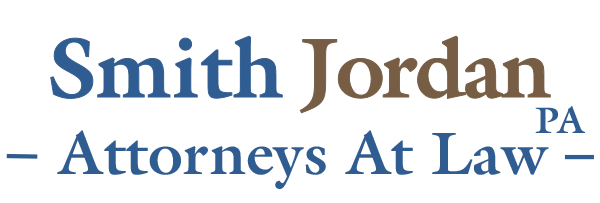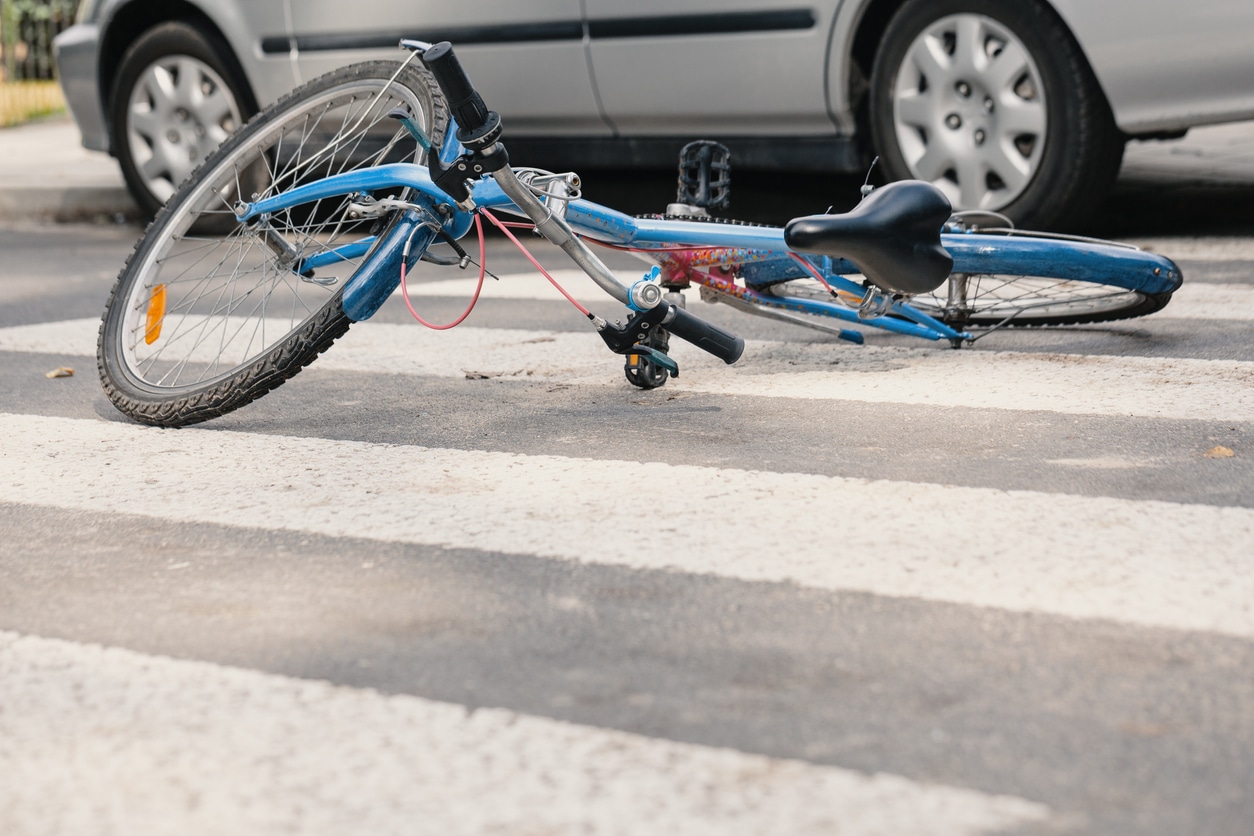What do auto accidents involving pedestrians, bicyclists, and motorcycles have in common? Your initial thought may be “not much” other than the fact that they are all auto accidents, but these type of accidents actually have a lot in common. Each time a car, truck, or SUV gets into a wreck with a pedestrian, bicyclist, or motorcyclist, the pedestrian, bicyclist, or motorcyclist is going to become seriously injured, while the driver of the other vehicle will only suffer minor injuries. This means that, while the pedestrian, bicyclist, or motorcyclist is being loaded in an ambulance and taken to the emergency room, the driver of the other vehicle will probably be at the scene telling their version of what happened to the investigating officer.
Pedestrians, Bicyclists, and Motorcyclists Are Commonly Considered At Fault
All too often, instead of admitting their lack of attention, the uninjured driver will blame the pedestrian, bicyclist, or motorcyclist. For instance, the driver may say that a pedestrian “darted out in front of them,” or that the bicyclist “came from out of nowhere,” or that the motorcyclist was speeding. While the investigating officer hears the driver’s side of the story, the pedestrian, bicyclist, or motorcyclist does not get a chance to tell the officer what happened.
Accident scenes are often chaotic, and the investigating officer may not have time to do an in depth investigation. This means that the pedestrian, bicyclist, or motorcyclist, is often marked at fault for a wreck that really was not their fault. Insurance companies are all too happy to take this mistaken assignment of fault and refuse to pay the injured person’s claim.
Commonalities In Pedestrian, Bicycle, and Motorcycle Accidents
This common scenario is caused by two factors that pedestrians, bicycles and motorcycles have in common.
Limited Crash Protection
First, pedestrians, bicyclists, and motorcyclists do not have much if any crash protection. There are no seatbelts, crumple zones, or airbags. Pedestrians, bicyclists, and motorcyclists are not surrounded by thousands of pounds of metal and plastic designed to protect them in a crash.
Smaller Road Profile
Second, pedestrians, bicyclists and motorcyclists have a lot smaller profile than a car, truck, or SUV. This means that they are harder for other drivers to see. All too often, a pedestrian or bicyclist is lawfully crossing a street or walking/riding down the edge of the road when they are hit by a driver who is not paying enough attention. Motorcyclists are routinely hit by drivers who do not see them when changing lanes, or by drivers who turn in front of the motorcyclist because the driver just glanced at the road.
Recovering From an Accident When Considered At Fault
The good news is, the investigating officer’s decision as to who was at fault for an accident is not conclusive and the wreck report is not admissible at trial. See S.C. Code Ann. § 56-5-1290. In South Carolina, a driver has a duty to keep a proper lookout and see what is there to be seen. See Crosby v. Sawyer, 291 S.C. 474, 476, 354 S.E.2d 387, 388 (S.C. 1987). While the other driver may have genuinely not seen the pedestrian, bicyclist, or motorcyclist, in most of these type cases, there is a good chance the driver would have seen the pedestrian, bicyclist, or motorcyclist, had they been keeping a proper lookout. Even though the other driver may have told the investigating officer that they were looking and it was not their fault, and the officer may have marked the pedestrian, bicyclist, or motorcyclist at fault, the truth can come out. The insurance company can be forced to pay for the damages of the injured pedestrian, bicyclist, or motorcyclist.
We have successfully recovered for pedestrians, bicyclists and motorcyclists who were marked at fault by law enforcement when the insurance company refused to accept liability and pay the injured person’s claim. If this has happened to you or your loved one, please give us a call as our personal injury lawyers may be able to help you recover.

